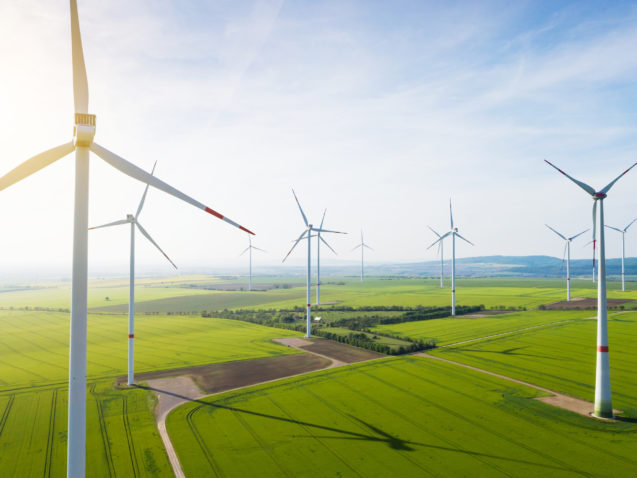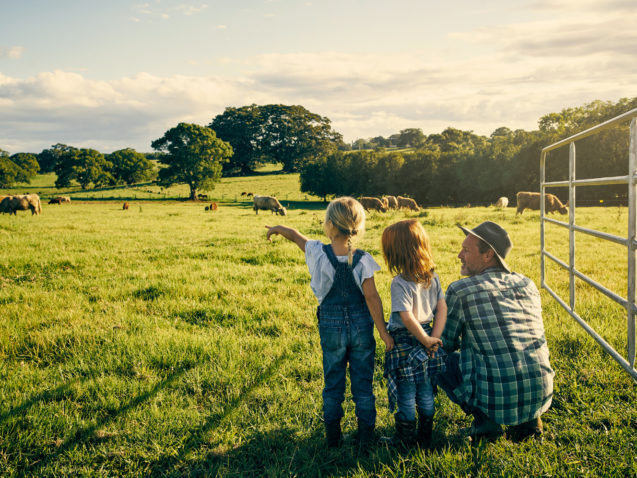As part of our #FoodFuture project we’re asking how we can deliver truly sustainable food systems. We’re listening to farmers, consumers, policymakers, businesses, NGOs, academics and others. By listening and working together, we will create a better future. This month we’re looking at climate action and we spoke to the Belgian Food & Drink Federation, FEVIA.
Belgian food and drink companies are working daily to reduce their environmental impact and energy consumption. More than 166 of our larger companies participate in voluntary energy covenants . Within this covenants, food companies are obliged to implement energy saving measures based on an energy audit. But SMEs are also taking their responsibility. With the Easy Food Energy Savers (EFES) project, Fevia helps the smaller food companies implement energy-saving measures, not by handing out financial incentives but by supporting them, hands-on, through every step of the way.
And there is more… To help its members take their climate efforts to an even higher level, Fevia, with the support of VLAIO (Flemish agency for innovation and entrepreneurship recently launched a Learning Network dedicated to the energy transition. A Learning Network is a platform where information, knowledge and experiences are shared through meetings. Concrete, 11 food companies focused on two main questions: what will the energy landscape look like in a few years’ time and what insights can we draw from this?
Let’s start with the near future… Reuse of waste heat, green heat, electrification, energy as a service, third party financing: these are some of the technologies that participants identified as having a real potential. The transition to renewable energy and climate neutrality is clearly high on the agenda for many of Belgium’s food producers. Rather than to give into “climate doom”, food companies are seizing the opportunity to work on advanced energy management and to implement technological innovations.
So what did our members learn from the expert speakers and from each other during this Learning Network? Let’s list 3 lessons learned…
- Measure it and you know it
First things first: as a food producer, you need to map out your processes, so you know where you need heat, where you have heat left over, and how much energy goes into the various processes. Measuring is knowing. After all, it is not worth investing in the latest technologies if the basis is not right.
Of course, it is important to actually use your data. Involving employees by providing them with clear overviews of the energy consumption of the various processes and the necessary KPI’s (key performance indicator) is essential. The so-called pinch analyses can certainly help. Pinch analysis is a methodology for minimising energy consumption of processes by calculating thermodynamically feasible energy targets (or minimum energy consumption) and achieving them by optimising heat recovery systems, energy supply methods and process operating conditions.
2. Make use of residual heat
Almost all food companies need heat and most also have residual heat from their internal processes. The Learning Network recommended using this surplus heat internally and also to look at the option of joining a heat network, even based on the lower residual heat of food companies.
3. The potential of a cogeneration
A cogeneration system generates heat and electricity at the same time. Cogeneration has been well established in the food industry for many years and will continue to be important in the future, even though it is usually fueled by natural gas. The development and availability of non-fossil fuels such as biogas or hydrogen may become an alternative to natural gas in the future.
Tom Quintelier, energy expert at Fevia concluded: “There is still a lot of work to be done, but Belgian food and drink companies are already contributing to solving the climate problem . We call on policy makers and other market actors to join us in this transition by providing us with sufficient green energy sources and innovative green technologies”




